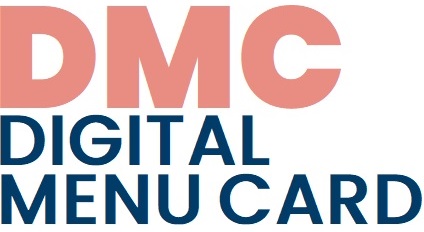- Accedi o registrati per poter commentare
"Demonstration (illustration) is an illustrative teaching method during which the objects, phenomena and processes to be studied are perceived and analyzed."
"Real objects, film excerpts, photographs, and sound recordings can contribute to the narrative, making it clear and intelligible."
It is the oldest method of education, already appearing in family education. It was later used in public education as well.
"Among the pedagogical thinkers, Comenius, Pestalozzi, Diesterweg and Usinsky have a special role to play in illustration."
The illustration will appear along with the oral communication.
There are two main types:
Direct: "means the direct display of objects, phenomena, processes, the presentation of a specific group of facts by the educator"
Indirect: can be achieved with an ever-expanding range of educational tools.
It can be applied at any stage of learning. It is the starting point for learning activities as there are activities that would be very difficult to learn without demonstration. E.g swimming, metalworking, playing music (musical instrument).
It must be related to the previous and following parts and methods.
For the students we need to choose a device that they can follow in a way that is clearly visible / audible / perceptible to everyone.
"We must resist the temptation to apply too often so that our students are not caught up in the concrete-conceptual level of knowledge acquisition."
Useful steps:
Highlighting the point is an essential moment of demonstration.
Student activity should be maintained: questions should be formulated, tasks should be assigned.
